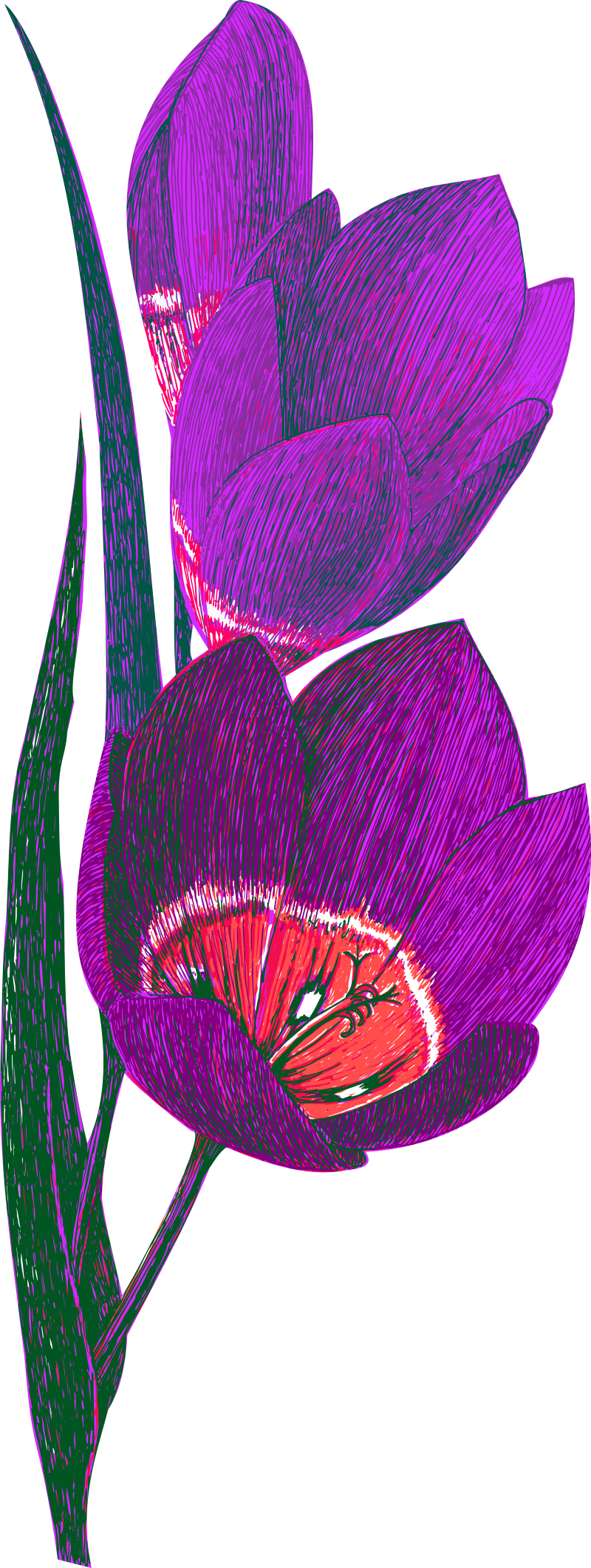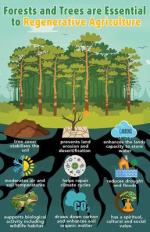Geissorhiza radians
The jewel in the Cape's floral crown
 Geissorhiza radians fabric design
Geissorhiza radians fabric designOct 21, 2020.
The 'kelkiewyn' in art
This iconic spring flower grows, among other spots, at the Tinnie
Versveld wild flower reserve close to Darling in the Western Cape,
South Africa. An abstract image of the Kelkiewyn or
Geissorhiza radians makes up the logo of the Darling Wild flower society. It is so memorable because of its intense color, which
seems almost unnatural, as if from another realm of perception, and
indeed it much of its story is, as you will see.
Geissorhiza radians in symbiosis
In a marvel of parallel evolution, it has similar coloring to Babiana rubrocyanea, and flowers at the same time, but the Geissorhiza leads in the brightness of its color and patterning. Like many of the common names, there is confusing polysemy, as B. rubrocyanea is also know as 'kelkiewyn' or its English translation 'wine cup'.
The colors may delight humans, but the color and patterning evolved to attract pollinators, and many flowers may compete for the attentions of the same insect, leading to ranges of similarly colored or shaped flowers across a wide range of different species. The Geissorhiza species with a dark patterned center are pollinated by monkey beetles.
Male monkey beetles search out females
in flowers, and may be attracted to the dark spots which are shaped like
female beetles. There they mate while the female feeds, and after
mating
sit on top of her, guarding her against the attentions of other males
to insure the success of their own sperm. If competitors enter the
flower, they may wrestle violently, scattering clouds of pollen like
wrestlers making make puffs of chalk dust as they square off. The
wrestling matches thus improve pollination of the flower while the
beetles are struggling for their own improved reproductive success.
There are 1040 species of monkey beetles in South Africa, with global diversity focused in the Fynbos and Karoo biomes. They are important pollinators of many endemic flowers, and the larvae process organic matter in the soil.
And now we can open the doors of perception, into the vision of insects. Most insects have only two types of visual pigments, one in the yellow-green range and one in ultraviolet which we cannot see. Insects therefore see bright neon colors in flowers which are invisible to us. Astonishingly, the monkey beetle is also able to detect the color red, which not many insects or animals can see, encouraging the co-evolution for dazzling red colour in the red Romuleas, in addition to the two 'kelkiewyn' species. Other animals which specialize in seeing red are primates, like us, and some birds and fish. It is also interesting that males and females 'see' something different in the flower. The female sees red, signaling food, and the male sees markings of dark pigment which he mistakes for female beetles.
Growing Geissorhiza radians
The genus name Geissorhiza derives from the form of the bulb, and means 'tiled root'. The species name is obvious enough from the brilliant color and radiating star form of its markings.The bulbs can be grown in pots, but need constant moisture through the winter as they grow in 'vleis' or seasonal wetlands in the wild. The seeds ripen on the plant and fall close by, leading to dense stands of their bright flowers in the shallow wetland water. There they appear to float in the reflection of the bright blue sky and white fluffy clouds, so typical of the changeable spring weather. Later in the summer they plants will retreat underground as the sun bakes the earth. This is why you shouldn't water your bulbs in summer.
All information on the beetles and flowers is from the South African National Botanical Institute, with poetic license from myself.
------
home page for links to articles on regenerative and ecological gardening topics
------
Our flora and fauna art prints
Restore Nature Newsletter
I've been writing for four years now and I would love to hear from you
Please let me know if you have any questions, comments or stories to share on gardening, permaculture, regenerative agriculture, food forests, natural gardening, do nothing gardening, observations about pests and diseases, foraging, dealing with and using weeds constructively, composting and going offgrid.
SEARCH
Order the Kindle E-book for the SPECIAL PRICE of only
Prices valid till 30.09.2023
Recent Articles
-
Rose
Dec 17, 23 04:08 AM
I am doing research on growing wildlife foraging plants to use in enhancement plantings with wildlife in mind. My thoughts after seeing bears too skinny -
Seeds for a bred Sweeter less acidic Kei apple
Nov 20, 23 03:24 AM
Greetings Greenidiom, I'm a small farmer in kenya. I'm looking to plant a Green fence around a 6 acre plot of land and, I'd wish to make it of kei apples -
Mrs Laura Robinson
Oct 08, 23 02:17 AM
How do I get a copy of the soil aggregation poster??
"How to start a profitable worm business on a shoestring budget
Order a printed copy from "Amazon" at the SPECIAL PRICE of only
or a digital version from the "Kindle" store at the SPECIAL PRICE of only
Prices valid till 30.09.2023






